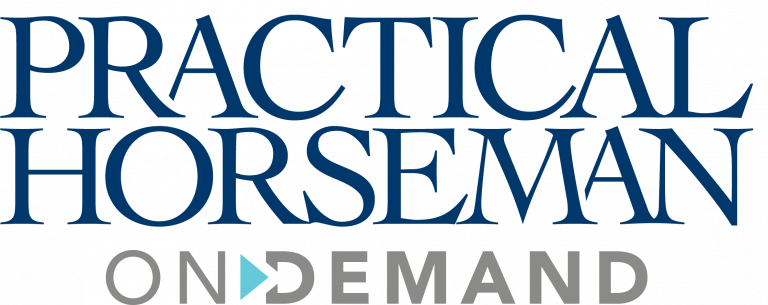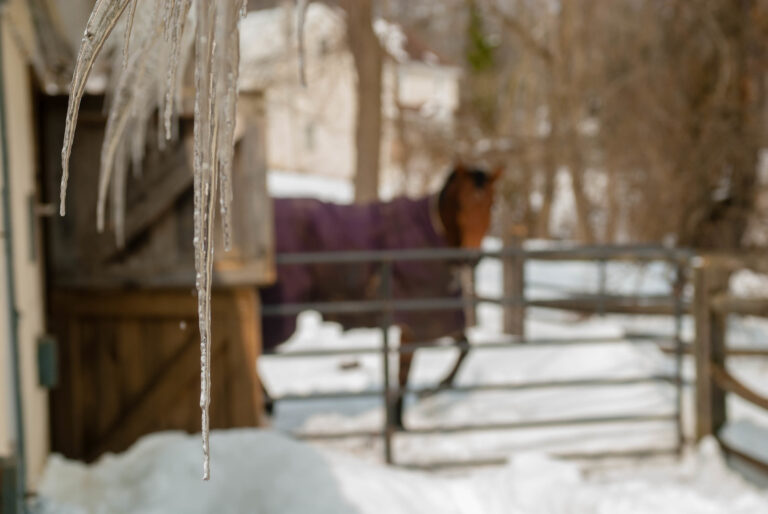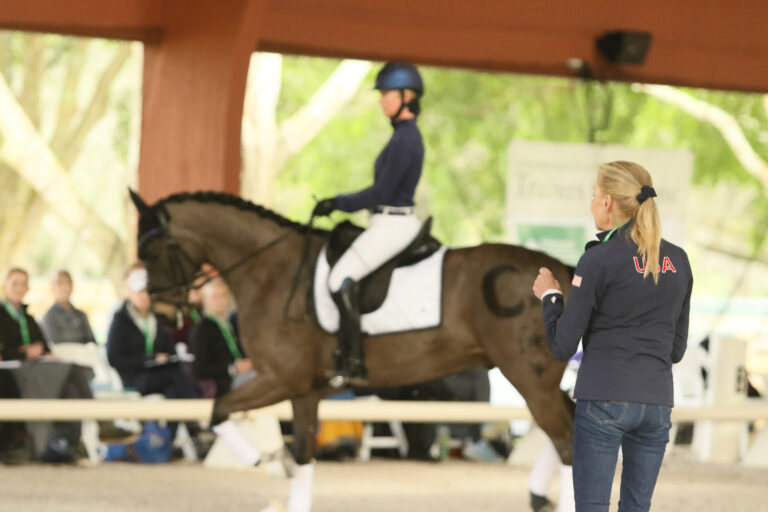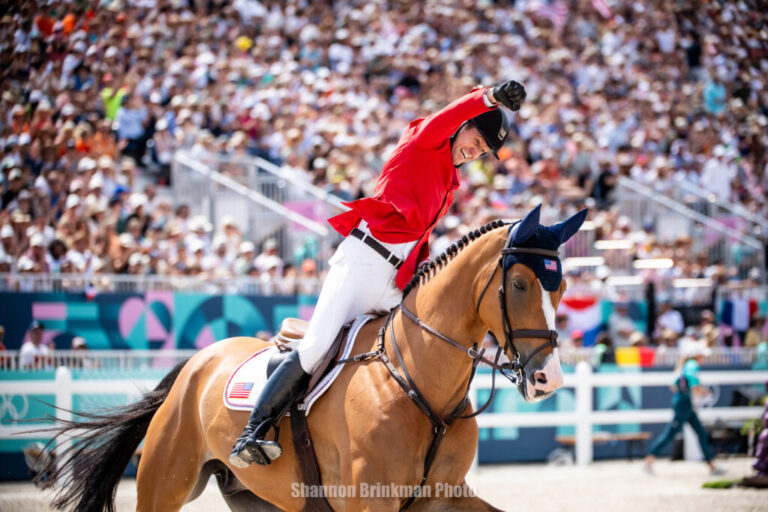In addition to helping the U.S. secure victory in the team event at the 2024 Paris Paralympic Games, Paralympic equestrian Fiona Howard won two individual gold medals with her mount Diamond Dunes and had a personal-best score of 80% in the team competition. This was no small feat, considering the 25-year-old has almost no control of her legs.
Howard was an accomplished equestrian in her youth, but a series of complicated heart and digestive problems as well as a degenerative muscle disease kept her out of the saddle and in the hospital for most of her teens. During the four years she spent completing her psychology degree at Northeastern University, Howard spent 800 days in the hospital, and on more than one occasion, her doctors told her she might not survive.
“I spent so much time in a hospital staring at the walls around me that it became my normal. I was still alive, but I wasn’t living,” she said. “And in that dark moment, I was OK with not making it. That’s when I knew I had to get back to horses.”
Howard did get back to her equestrian roots. Without the ability to use her legs, however, she started with low expectations. But due to the skills she developed riding as a youth, the horsewoman learned how to use her seat so effectively that her legs became an afterthought.
“For all those years, the doctors constantly told me all the things I couldn’t do because of my health,” she said. “I knew it was going to be hard and that I would have to find ways to work through my unique challenges, but I set goals and kept working toward them. In an interesting way, my horses have helped me understand that I’m the only one who can limit myself.”

Howard explained that Paralympic riders use compensating aids based on their specific disabilities. For instance, she rides with her stirrups tied to the girth and her feet tied to the stirrups to prevent her legs from getting stuck behind her. She also utilizes a special loop on her reins because of her inability to grip.
As Howard’s health gradually began to stabilize, her medical team focused on managing her symptoms so she could enjoy life outside the hospital pursuing her Paralympic dreams. While there are days when she struggles more with her health, she says her horses keep her grounded.
“They are my rocks and keep me motivated because I know they count on me. I find so much joy in my horses and seek ways to celebrate the good as much as I can,” she said. “After beating the odds, I’ve learned that joy and optimism are so important.”
Being a highly athletic kid, Howard said losing her mobility was a difficult reality to bear. But horses helped her accept her limitations and reminded her how much she can still achieve.
“Horses helped me adapt to my mobility loss without fear of judgment. When I’m riding, I can borrow my horse’s legs to move freely with ease and speed,” Howard said. “Every time I get in the saddle, I feel a sense of freedom that my health tried to take away. I’ve already stared death in the face. So, I’m going to live my life and do this as long as I can.”
Gold Rush for U.S. Paralympic Riders
The U.S. Paralympic riders celebrated their best-ever performance at Paris last summer, claiming seven medals overall—five golds, one silver and one bronze. This smashed their previous Paralympic Games’ best of two golds and a bronze achieved in Atlanta 1996 and Tokyo 2020.
Howard and Diamond Dunes won the Grade II individual medal and Rebecca Hart and Floratina claimed the Grade III individual medal to kick off the Paralympics for the U.S. After triumphing with Roxanne Trunnell and Fan Tastico H in the team event, Howard and Diamond Dunes in Grade II and Hart and Floratina in Grade III won their third gold medals at Paris in their respective Freestyle competitions. In addition to Howard’s personal-best record during team competition, Hart also had a personal-best score of 78.567%.

The Paris Paralympics saw a total of 78 horse-and-rider combinations compete across the five grades. Grade I is designated for riders who have the least body function and is ridden in the walk only; Grades II and III include the walk and trot. Riders in Grades IV and V have the highest body function and perform at the walk, trot and canter.
But disability is no excuse in para-dressage. Paralympic equestrians are expected to demonstrate the same correctness of riding as in able-bodied Olympic dressage. Therefore, riders find solutions to work with and around their challenges to perform high-level dressage.
Through the bond these athletes share with their horses, they demonstrate that great riding is built over time and is based on love, understanding and a lot of hard work.
Words From the 2024 Paralympians

©FEI/Liz Gregg

©FEI/Liz Gregg

©FEI/Liz Gregg

— Kate Shoemaker (USA), who placed fifth in Grade IV individual competition after her mare Vianne spooked during their performance
©FEI/Liz Gregg

— Katrine Kristensen (DEN), who took the Grade II individual silver medal on Goerklintgaards Quater
©FEI/Liz Gregg

©FEI/Liz Gregg
This article originally appeared in the Winter 2024 issue of Practical Horseman.











